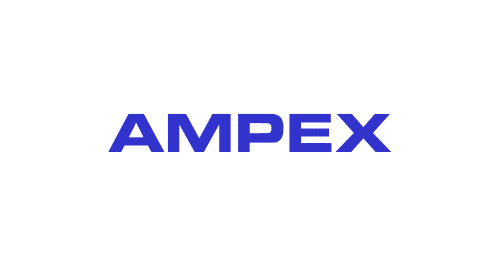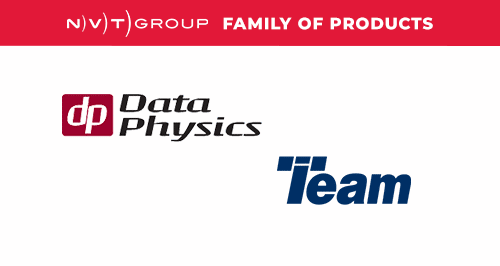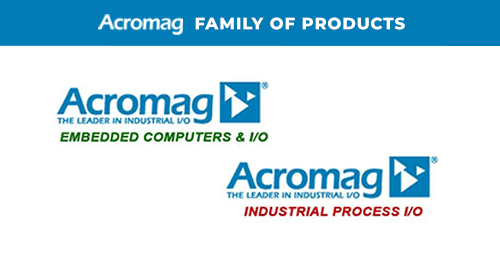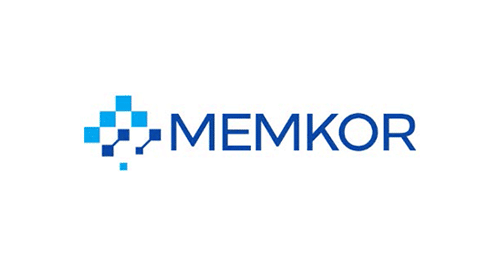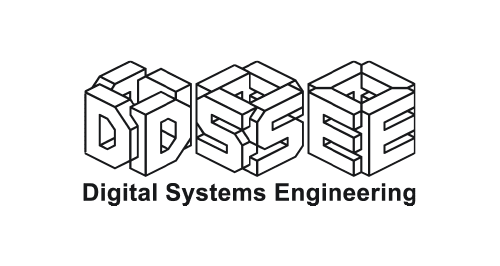Power Amplifier Trends
In this interview by the Journal of Electromagnetic Dominance, Jon Jacocks talks about some of the future developments in power amplifier technology.
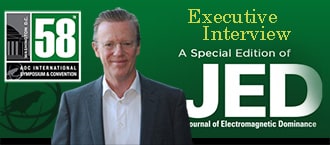
Question
What are some of the important technological trends that have driven the military market for power amplifiers over the past 10 years, and how do you see these trends evolving over the next 5-10 years?
Response
Commercial availability of GaN on SiC RF semiconductors has been a gamechanger in terms of enabling solid state amplifier solutions with broader bandwidth, increasingly higher frequencies and impressive power densities. Requirements for handling complex waveforms and pulse fidelity in modern systems are also driving demand for solutions that do more than just “amplify.”
Integrating more RF blocks on the antenna side of the amplifier (switches, filters, upconverters, etc.) has always been of interest in certain requirements, but looking ahead, there will also be expectations that the transmit function integrate more of the “upstream” RF processing and enable direct digital conversion and modulation inside the high power amplifier. That’s going to be a big one and, along with complex combining of scalable solid-state solutions to replace aging TWT infrastructure.
Question
Do you think that modular open standards architectures, such as SOSA, for example, will begin to make an impact in the power amplifier market in the future?Response
Power amplifiers are part of larger systems, and the applications requiring power amplifiers are extremely varied in their requirements for power, bandwidth, linearit, and data rates. In that environment, and with the large investments in engineering required to be successful as a defense contractor, proprietary operational architectures will always be favored by the systems designers supporting DoD.
Having said that, and specific to power amplifiers, modular open standards can be applied to interface and control functions, and we are doing that already with Web API and JavaScript (JSON files) that are integral to the command, control, and sensing capabilities that are standard on our latest generation high power amplifiers. These are non-proprietary, standards based protocols, and we see lots of “ease of use” and performance advantages in utilizing those open architectures.
Question
As the DoD begins to embrace multifunction systems – combining radar, comms, EW and other functions, for example – how will power amplifier designs change in response to this trend?Response
A multifunction amplifier requires an architecture with high-speed processing and control and the analog/digital “hooks” for the control system to effect RF monitoring, performance and protection. We are doing this today with fielded products that have programmable mode settings and the onboard sensing to optimize output power with user defined parameters for waveform peak-to-average ratio, numbers of carriers on the signal, type of modulation and output power and gain settings managed by the amplifier.
It is important to note that some functional combinations are easier to deliver than others – multifunction comms and jamming is what we are supporting with the example mentioned above – and the realities of semiconductor device and other RF hardware limitations have to be accounted for as these multifunction systems are being envisioned. Thermal considerations, broadband and high power combining, system prime power (efficiency) and antenna coverage have to be managed, as well, and solutions to those important elements are not all evolving at the same rate.
Question
What other types of new technologies do you see power amplifier companies integrating into their systems over the next several years?Response
I can’t speak for all power amplifier companies, but there is certainly a range in respective suppliers’ appetite for innovation and their ability to execute. Companies with long-tenured positions on legacy programs are trying to maintain status quo. Others are going to be monitoring the latest announcements from the RF semiconductor suppliers to take advantage of frequency range and power density improvements as a product roadmap. Forward thinking companies with investments in multi-discipline design teams (like ours) are looking well beyond just power density improvements and raising the stakes with high speed sensor networks and embedded computing inside the amplifier.
As mentioned previously, integration of RF processing and direct digital conversion is a logical (and powerful) extension of the embedded computing capabilities that end users and systems integrators should be expecting their power amplifiers to have. Broadband, digital predistortion and the ability to do pulse correction are similarly related to fielding intelligent amplifier systems that will make decisions on operating capacity and adjust to the conditions available to maximize RF output power.
Question
Is there a role for AI/ML to benefit power amplifier technology – either in terms of helping to optimize system design or by designing AI/ML into the power amplifier itself?Response
We’ve already introduced real intelligence (RI) into our latest generation amplifiers, and we continue to introduce more capabilities through our use of embedded computing and high-speed sensors in standalone amplifiers and amplifier arrays. The amount of synchronized sensor data being processed inside each of these amplifiers is on the order of 9.6 Gbps, and that’s a solid foundation for machine learning and the application of AI.
Interactively correcting amplifier nonlinearities is an area of interest for us and for a number of our key customers as well. Our CTO would be happy to talk in much more detail about those possibilities and other topics that I’ve touched on.
About Empower RF
Founded in 1999, Empower RF Systems is a global leader in power amplifier solutions that are critical to defense, commercial, and industrial market applications.
With our origins in the design of broadband and band-specific solid state power amplifiers, Empower continues to advance the science of RF power amplification to produce rugged, power efficient, and cost-effective solutions. It is our priority to design and deliver high quality, innovative products which address customer systems and business requirements.
Operating globally and continuing to expand our technology resources, Empower RF has been awarded patents on amplifier design techniques and assembly methods. Our customer base includes market leading OEMs, government agencies, and academic institutions with an array of demanding performance requirements.

